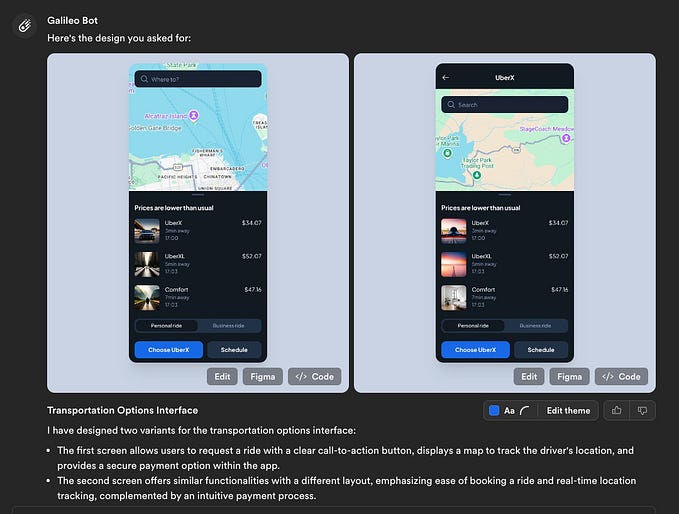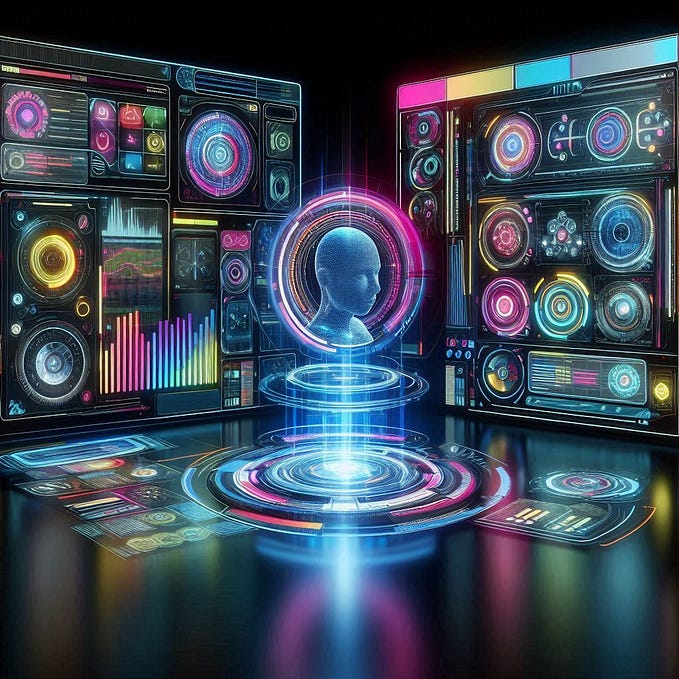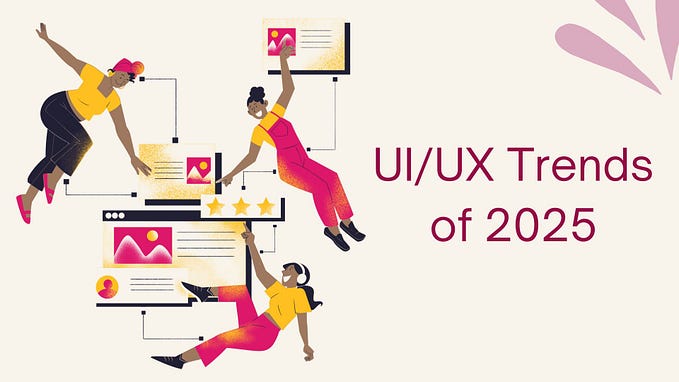Member-only story
AI in UI | 2023 and Beyond
How AI will influence UI design practices, and what it will mean for designers moving forward.
Overview
The use of artificial intelligence (AI) in interface design is rapidly becoming the norm in the tech industry. With the ability to analyze user data and make informed decisions about how to optimize the interface for a particular user, AI has the potential to revolutionize the way we interact with technology.
However, the use of AI in interface design is not without controversy. Some argue that relying on AI could lead to a homogenization of design, with all interfaces beginning to look and function the same. They also worry that AI could potentially exclude certain groups of people, such as those with disabilities, if the algorithms behind the AI are not designed to accommodate their needs.
Today, we’ll explore how AI will influence UI design practices, and what it will mean for designer moving forward.
The concerns are real
A good deal of our concerns with these generative systems stem from the fact that AI algorithms are only as good as the data they are trained on. If the data is biased or incomplete, the AI may make decisions that reflect that bias or lack of information.
These are valid concerns that should not be dismissed lightly. It’s important to approach the use of AI in interface design with caution and to ensure that the needs and desires of all users are taken into account.
One way to mitigate these concerns is to ensure that the data used to train the AI algorithms is diverse and representative of the population that will be using the interface. It’s also important to have human oversight in the design process to ensure that any potential…











